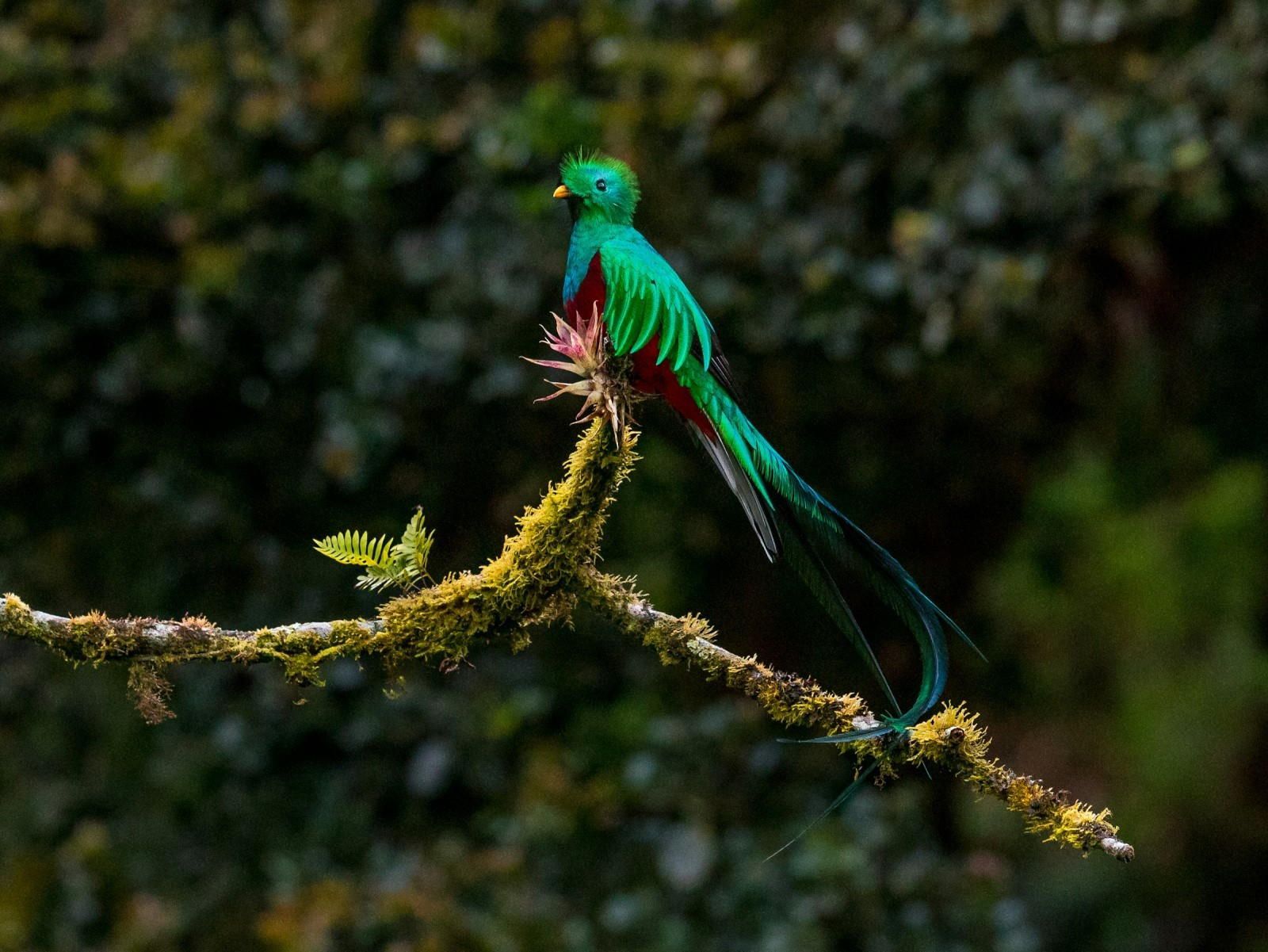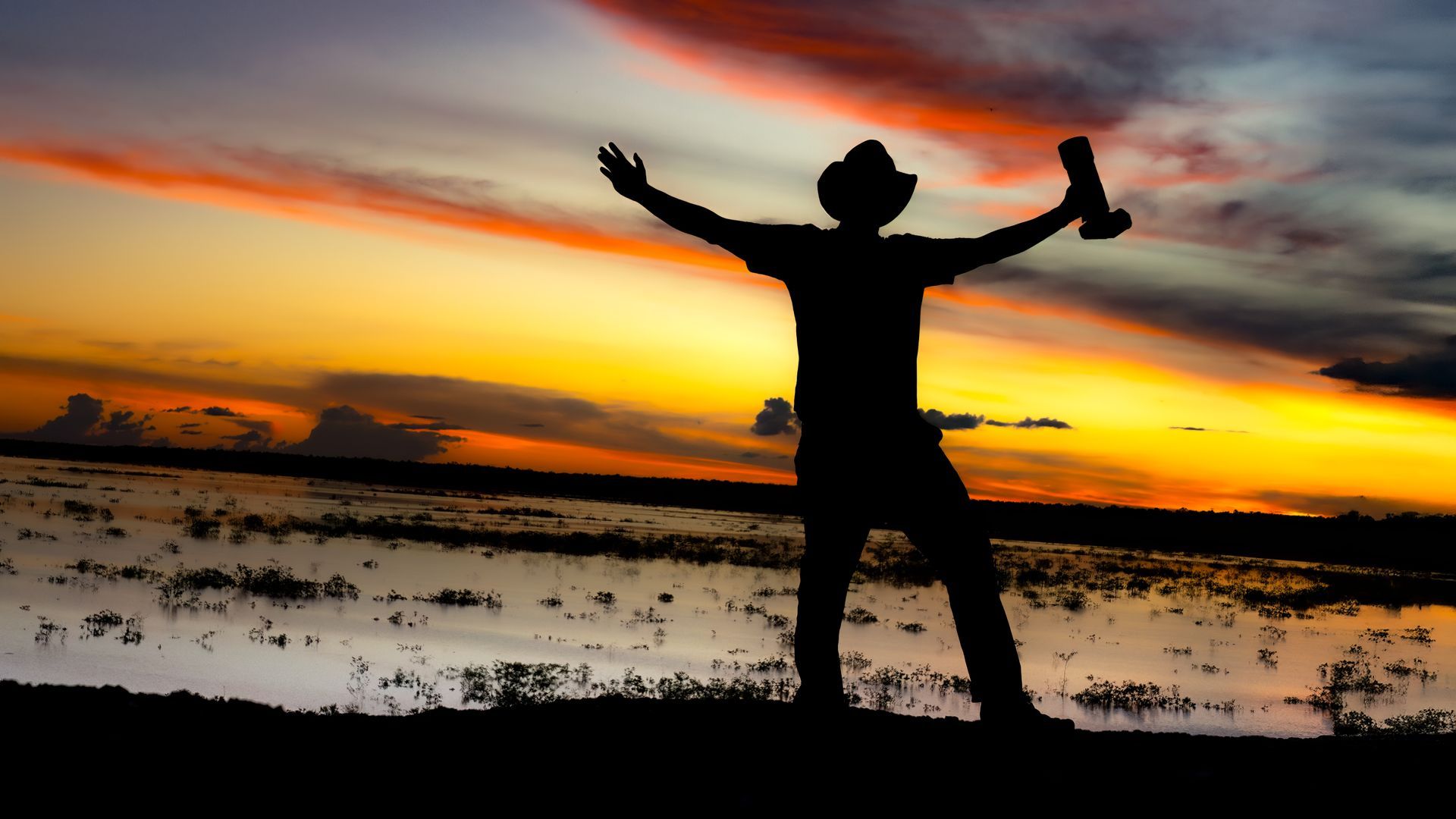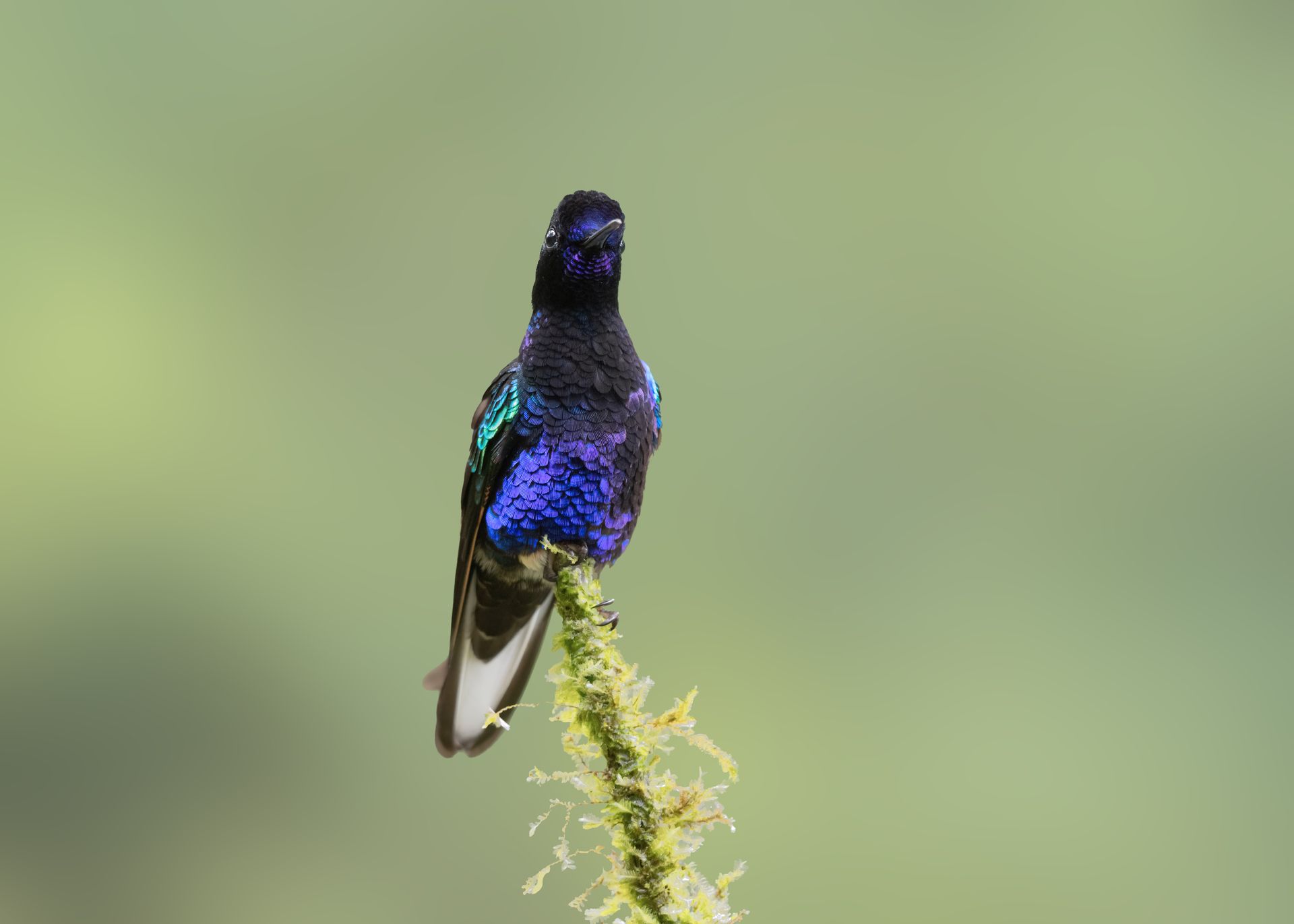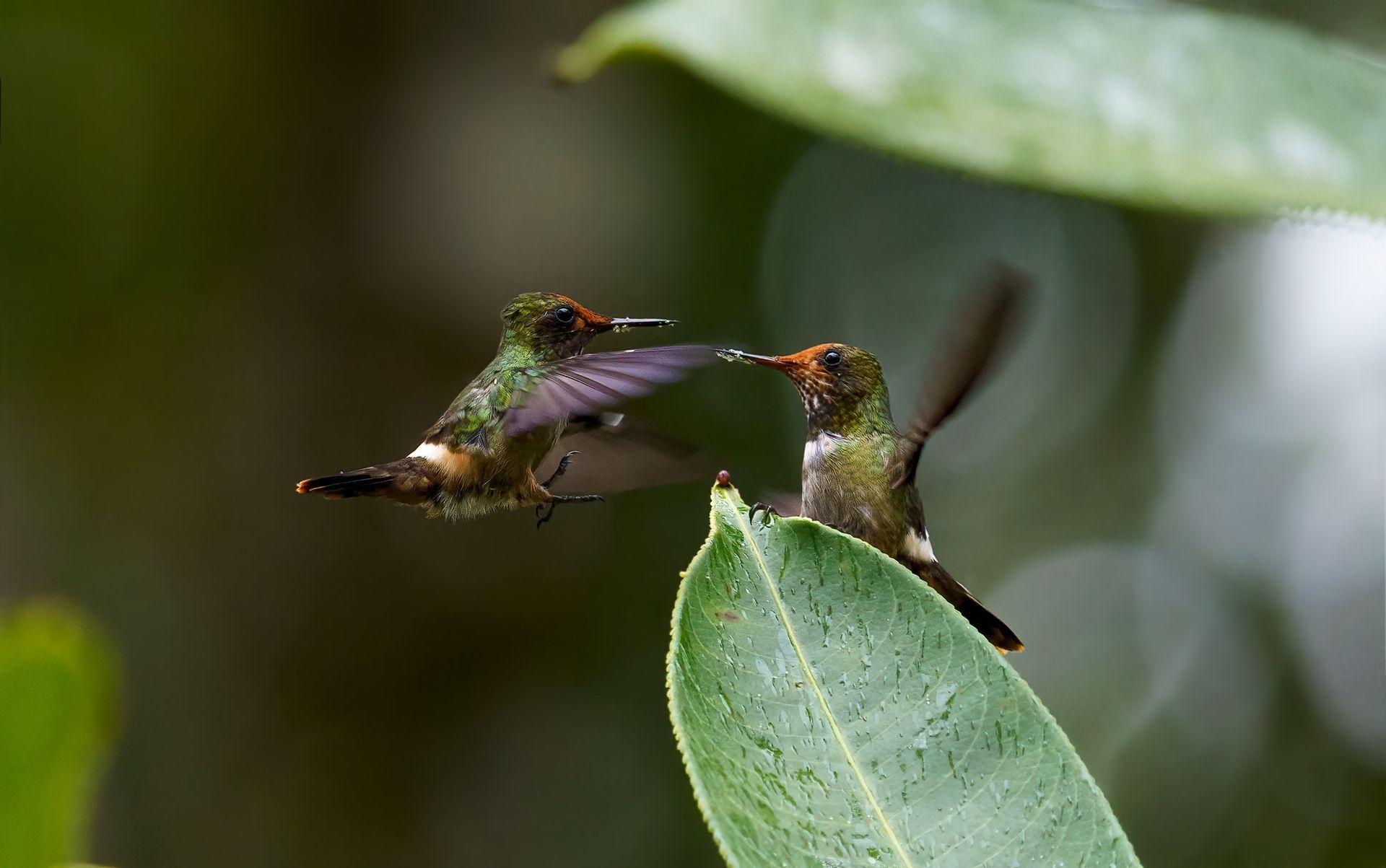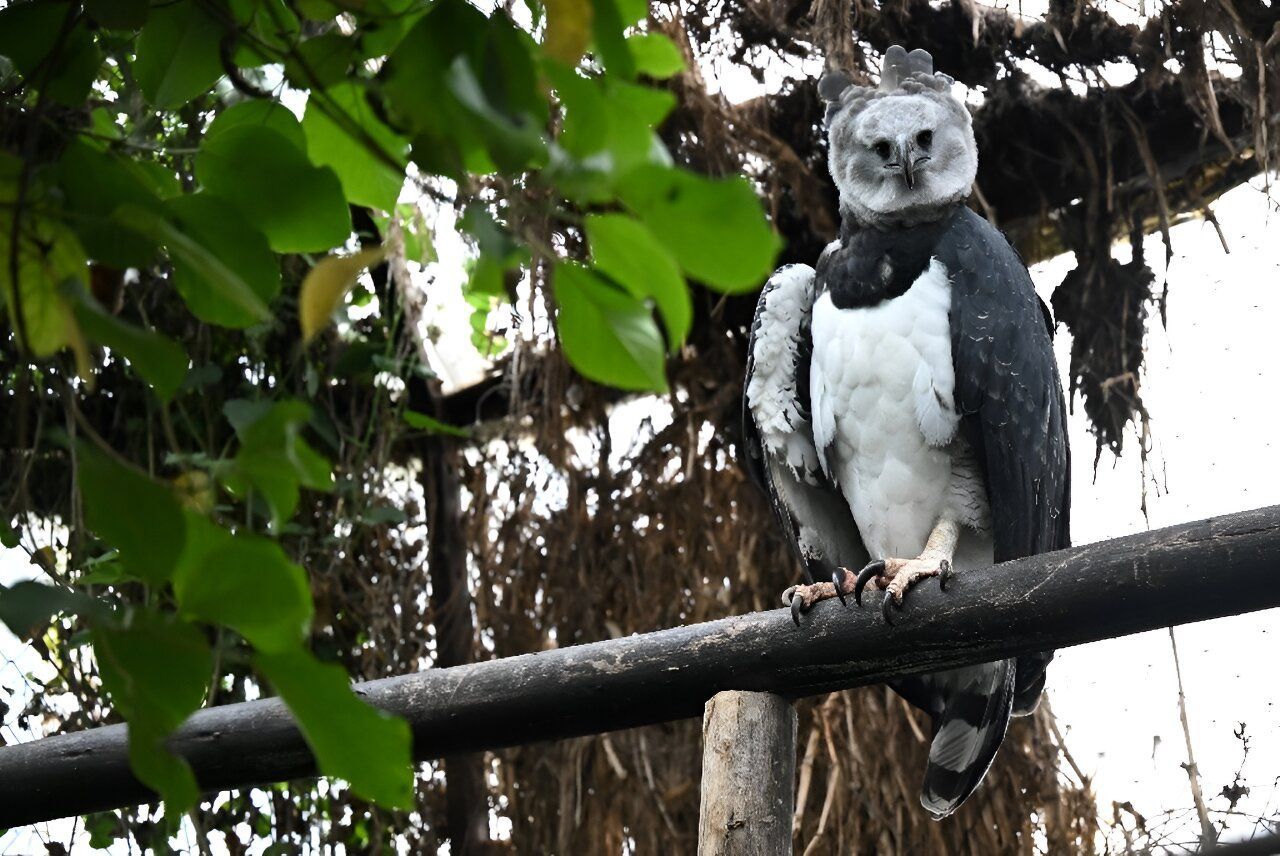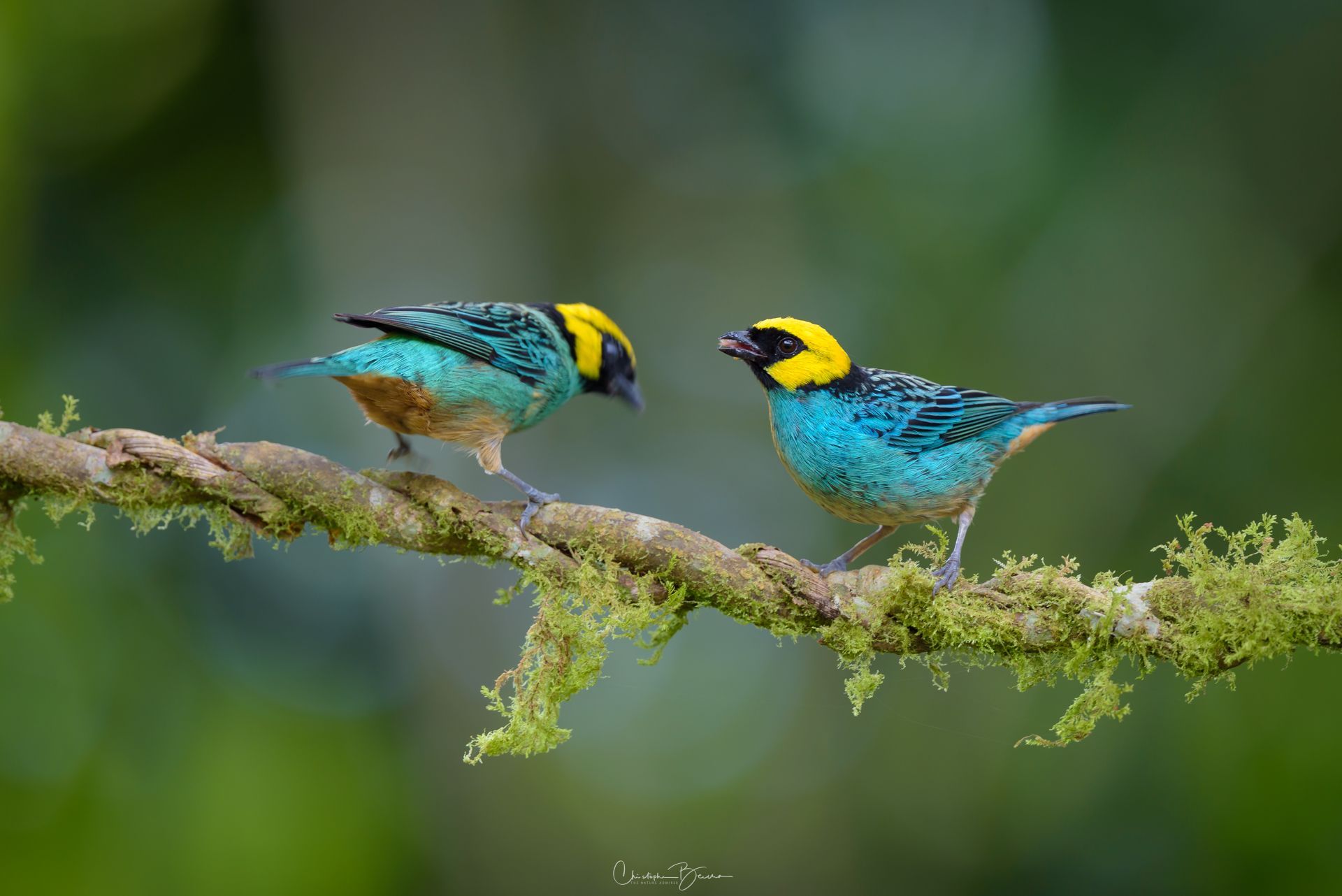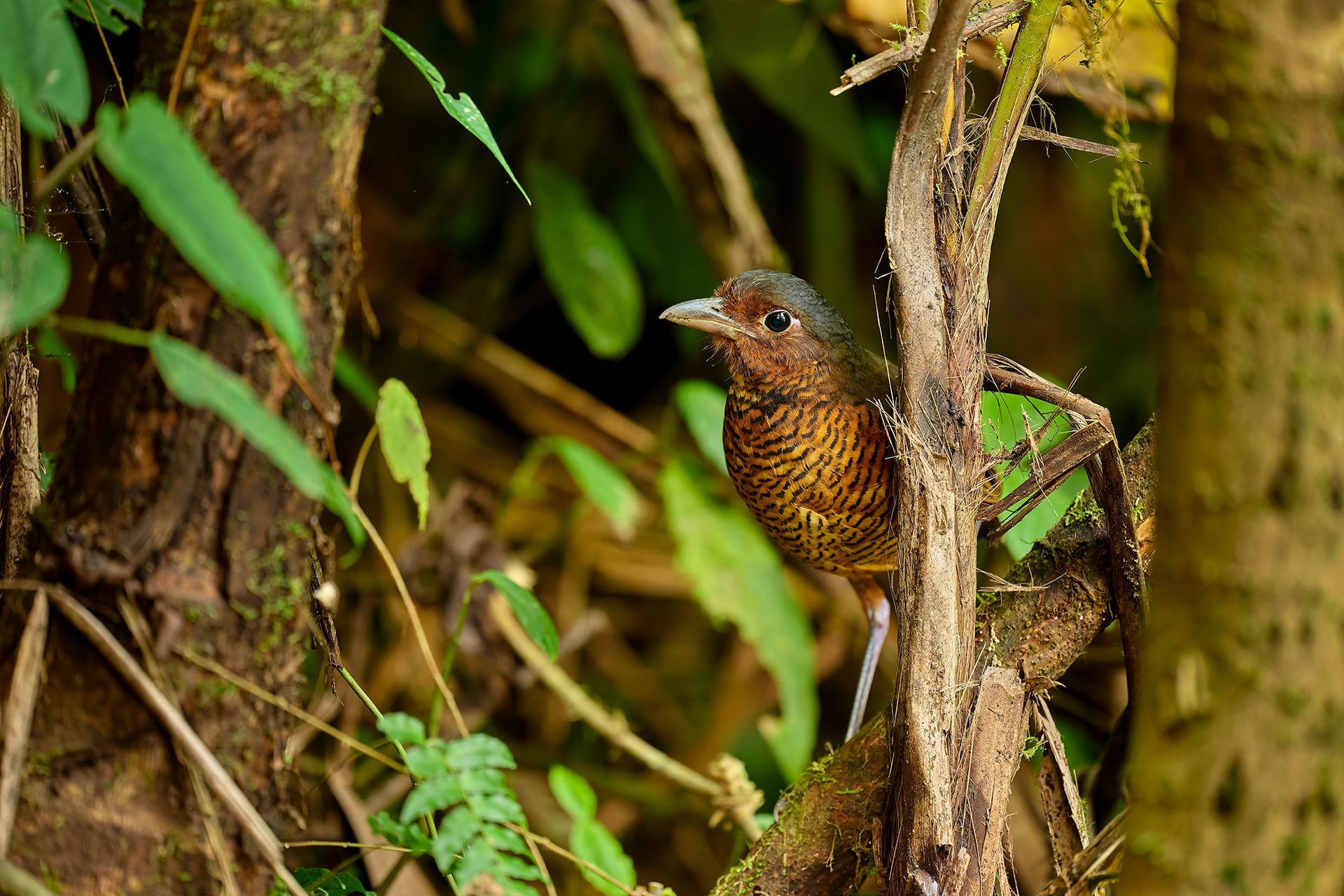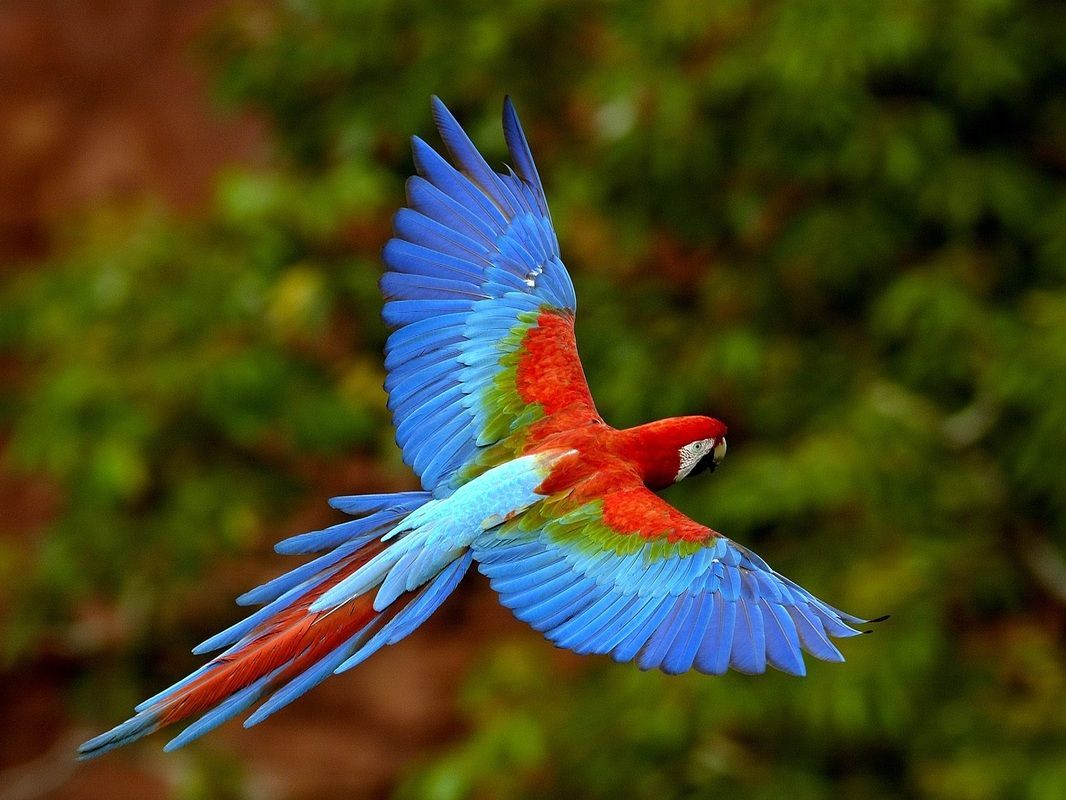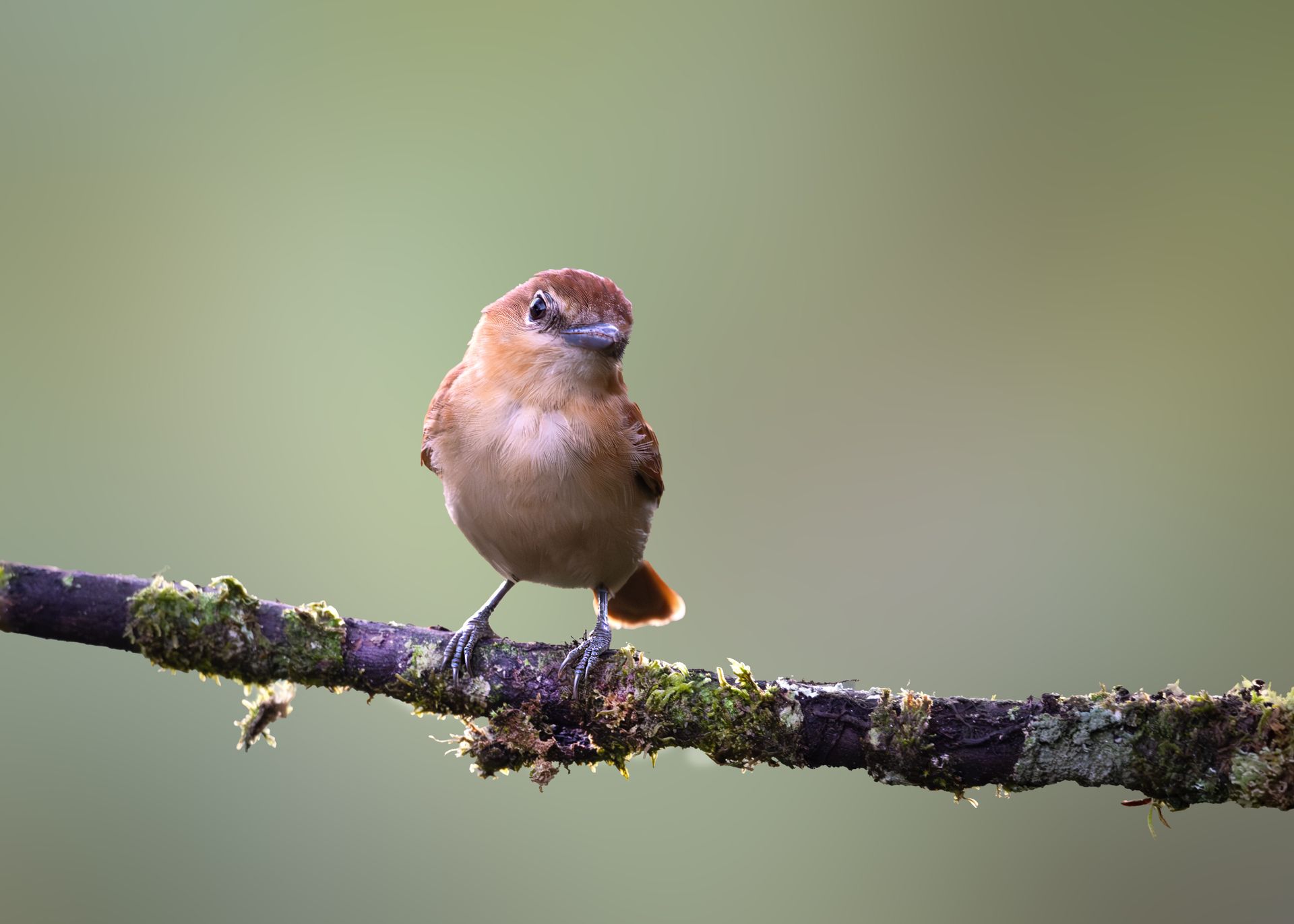Los Nevados National Park: Colombia's High-Altitude Haven for Birds
Los Nevados National Park: Colombia's High-Altitude Haven for Birds
Colombia’s Los Nevados National Park is a hidden gem for bird photographers and nature enthusiasts alike. Nestled in the Andean mountain range, this park spans multiple departments, including Risaralda, Caldas, Quindío, and Tolima. With its dramatic landscapes, high-altitude páramos, and glacial peaks, Los Nevados is home to a remarkable diversity of bird species, many of which are endemic or rare.
In this guide, we’ll explore the park’s avian richness, prime locations for photography, essential gear, and tips for making the most of your birding adventure.
Introduction: Why Los Nevados Is Special
Los Nevados National Park combines stunning scenery with ecological diversity, creating one of the best high-altitude birding destinations in South America. Visitors are drawn to its:
- Páramo ecosystems – unique grasslands above 3,000 meters.
- Glacial lakes and rivers – providing water sources for wildlife.
- Cloud forests and montane forests – offering shelter to elusive species.
- Dramatic volcanoes – including Nevado del Ruiz, Nevado del Tolima, and Nevado de Santa Isabel.
For photographers, the combination of spectacular backdrops and rare birds makes Los Nevados an irresistible destination.
1. Bird Diversity in Los Nevados
The park is a haven for both high-altitude specialists and migratory species. Some highlights include:
Endemic and High-Altitude Hummingbirds
- Buffy Helmetcrest (Oxypogon stuebelii): a rare and high-altitude hummingbird found only in Colombia.
- Green-bearded Helmetcrest (Oxypogon guerinii): endemic to páramo regions with striking iridescent feathers.
- Black-tailed Trainbearer (Lesbia victoriae): a stunning hummingbird with a long, elegant tail.
Antpittas and Ground-Dwelling Birds
- Slate-crowned Antpitta (Grallaria ruficapilla): elusive and primarily found on the forest floor.
- Chestnut-naped Antpitta (Grallaria nuchalis): camouflaged and challenging to photograph.
Raptors and Predators
- Black-chested Buzzard-Eagle (Geranoaetus melanoleucus): often seen soaring above open páramo landscapes.
- Variable Hawk (Geranoaetus polyosoma): high-altitude raptor commonly observed hunting in open areas.
Other Notable Birds
- Andean Condor (Vultur gryphus): occasionally gliding over valleys and cliffs.
- Mountain Tanagers: such as the Golden-naped Tanager, offering brilliant color for photography.
Los Nevados offers a mix of endemic species and widespread Andean birds, making it a priority for wildlife photographers.
2. Prime Locations for Bird Photography
The park’s varied terrain offers different birding opportunities:
Páramo Regions
- Ocetá and Los Nevados Plateaus: ideal for Helmetcrests and high-altitude hummingbirds.
- Open landscapes allow long-distance photography and flight shots.
Cloud Forests
- Lower montane slopes: home to antpittas, tanagers, and elusive understory species.
- Dense vegetation provides rich photographic backgrounds.
Lakes and Wetlands
- Laguna del Otún and Laguna Verde: attract waterfowl and migratory birds.
- Early morning light offers reflective surfaces for stunning compositions.
Volcano Slopes
- Nevado del Ruiz and Santa Isabel: vantage points for raptors and soaring birds.
- Wide-angle compositions combine birds with dramatic volcanic landscapes.
3. Best Times to Visit
Timing is crucial for maximizing sightings and photography opportunities:
- Dry season (December to March): easier access to trails, clearer skies, and better lighting.
- Early mornings and late afternoons: when birds are most active and lighting is soft.
- Flowering season (March to June): high hummingbird activity near native flowers.
Seasonal variations in altitude use by birds may affect sightings, so planning according to species preferences is recommended.
4. Essential Photography Gear
High-altitude bird photography requires specialized equipment to handle the terrain and light conditions:
Camera and Lens
- DSLR or mirrorless with fast autofocus: essential for capturing quick movements.
- Telephoto lens (300–600mm): ideal for distant birds, especially raptors.
- Wide-angle lens: useful for including mountains and clouds in compositions.
Stabilization
- Tripod or monopod: essential for long lenses, especially in wind-prone páramo.
- Bean bags or portable supports: helpful for uneven terrain.
Accessories
- Polarizing filter: reduces glare on reflective water surfaces.
- Weather protection: waterproof covers for camera and clothing.
- Extra batteries and memory cards: cold high-altitude temperatures drain batteries faster.
5. Techniques for Capturing Birds in Los Nevados
Photography in Los Nevados demands a balance of patience, knowledge, and skill:
Understanding Bird Behavior
- Observe feeding patterns and favorite perches.
- Note territorial behavior for photographing display flights.
- Learn activity peaks for different species.
Composition Tips
- Include elements of páramo flora, lakes, or mountain peaks for context.
- Capture flight sequences with fast shutter speeds.
- Use shallow depth of field for intimate portraits of hummingbirds.
Ethical Considerations
- Maintain distance from nests and perches.
- Avoid disturbing feeding or mating behaviors.
- Stick to trails and leave no trace in sensitive páramo ecosystems.
6. Bird Photography Tours in Los Nevados
For first-time visitors or those seeking expert guidance, organized tours enhance both experience and photography outcomes:
- Guided hikes: expert guides know species locations and behavior.
- Private hides and feeders: allow close-up shots without disturbing birds.
- Customized itineraries: tailored for species of interest, such as hummingbirds, raptors, or antpittas.
- Workshops and mentorship: improve photography skills in field conditions.
Tours with local operators support conservation and community livelihoods, making them an ethical choice.
7. Challenges and How to Overcome Them
High-altitude photography in Los Nevados comes with unique challenges:
- Weather variability: sudden rains or fog can obscure subjects; pack protective gear.
- Altitude effects: acclimatize to avoid fatigue or altitude sickness.
- Elusive species: antpittas and understory birds require patience and quiet observation.
- Limited access: some trails are steep or restricted; local guides help navigate safely.
Preparation, stamina, and adaptability are essential for a successful bird photography expedition.
8. Conservation and Community Impact
Los Nevados National Park is protected, but pressures still exist:
- Climate change: shifts in vegetation zones affect high-altitude species.
- Tourism management: responsible birding and photography minimize disturbance.
- Community-based tourism: eco-lodges and guides provide income while promoting conservation.
Photographers contribute by documenting species, raising awareness, and supporting ethical ecotourism initiatives.
9. Memorable Species Highlights
Some of the park’s most photogenic birds include:
- Buffy Helmetcrest: the ultimate high-altitude hummingbird subject.
- Chestnut-capped Brushfinch: vibrant and approachable for portraits.
- Andean Condor: soaring majestically over volcanic ridges.
- Golden-breasted Puffleg: iridescent colors shimmering in morning light.
Each species offers unique photographic opportunities and unforgettable encounters.
10. Planning Your Los Nevados Adventure
Tips for organizing a successful bird photography trip:
- Timing: dry season and flowering peaks.
- Gear checklist: telephoto lenses, stabilization, weather protection.
- Guides: hire local experts for higher chances of sightings.
- Accommodation: eco-lodges near trails reduce travel time and fatigue.
- Physical preparation: moderate fitness needed for high-altitude trekking.
Combining preparation with local knowledge ensures a rewarding experience.
Conclusion: A Photographer’s Paradise
Los Nevados National Park is more than a destination; it is a high-altitude sanctuary for birds and photographers. Its unique landscapes, rare species, and challenging conditions make it a dream location for those seeking both beauty and adventure.
From helmetcrests flitting among páramo flowers to soaring raptors over volcanic peaks, every moment in Los Nevados offers spectacular photography opportunities. By respecting the environment, supporting local guides, and preparing adequately, photographers can capture the magic of Colombia’s high-altitude avian world while contributing to its preservation.
Whether you are a seasoned bird photographer or a nature enthusiast, Los Nevados is a destination that promises inspiration, challenge, and unforgettable wildlife encounters.
